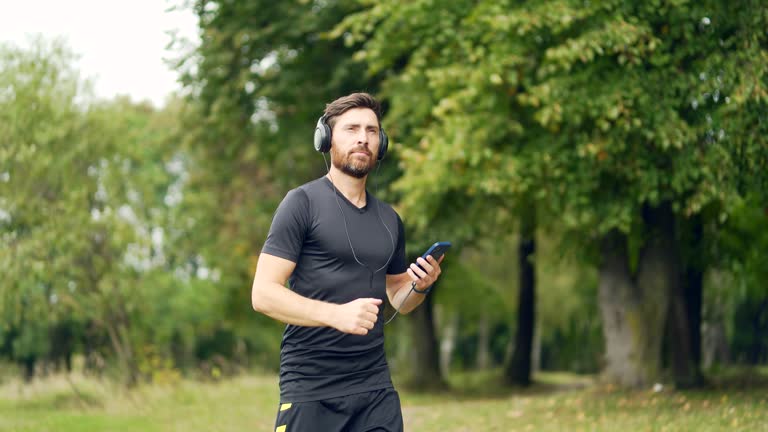Duaction is an emerging concept in productivity and learning, focusing on the power of performing two actions at once in a smart, intentional way. But what exactly is duaction, why does it matter, and how can you start using it in your daily routine? Let’s explore!
What is Duaction?
Duaction, a blend of “dual” and “action,” is the practice of purposefully doing two complementary activities at the same time. Unlike random multitasking, duaction is about pairing tasks that do not compete for your attention or efficiency. The goal is to maximize time and effectiveness without sacrificing quality.
Benefits of Duaction
- Improved Productivity: Get more done by strategically combining tasks.
- Efficient Time Use: Fill idle moments with meaningful activity.
- Enhanced Learning: Reinforce knowledge by engaging multiple senses or skills.
- Reduced Stress: Achieve more in less time, which can lower anxiety.
Everyday Examples of Duaction
- Listening to Audiobooks While Exercising:
Learn and stay healthy simultaneously. - Cooking While Practicing a New Language:
Follow language lessons while preparing meals. - Walking During Phone Meetings:
Boost creativity and energy while staying connected. - Watching Tutorials While Completing a Project:
Learn new techniques while applying them in real-time. - Reviewing Notes While Commuting:
Use travel time to reinforce study material.
Frequently Asked Questions (FAQs)
1. Is duaction the same as multitasking?
No. While multitasking often means juggling unrelated tasks (sometimes poorly), it is about thoughtfully pairing compatible activities to boost productivity.
2. Can duaction work for everyone?
Most people can benefit from it if they select the right task combinations. However, some complex activities require full attention and should not be paired.
3. What are the best duaction task pairs?
Combine a physical task (like walking or cleaning) with a passive mental task (like listening to a podcast or practicing a language). Avoid combining two mentally demanding tasks.
4. Does duaction reduce task quality?
When chosen wisely, it should not reduce quality. Monitor your results and adjust pairings if quality slips.
5. How can I get started with it?
Begin by pairing a simple routine activity with a learning opportunity, such as listening to educational content while exercising or commuting.
Final Thoughts
It is a practical method for making your days more productive and rewarding. By intentionally choosing which tasks to combine, you can unlock more free time and achieve your goals faster—without burning out. Start small, and watch your efficiency grow!
